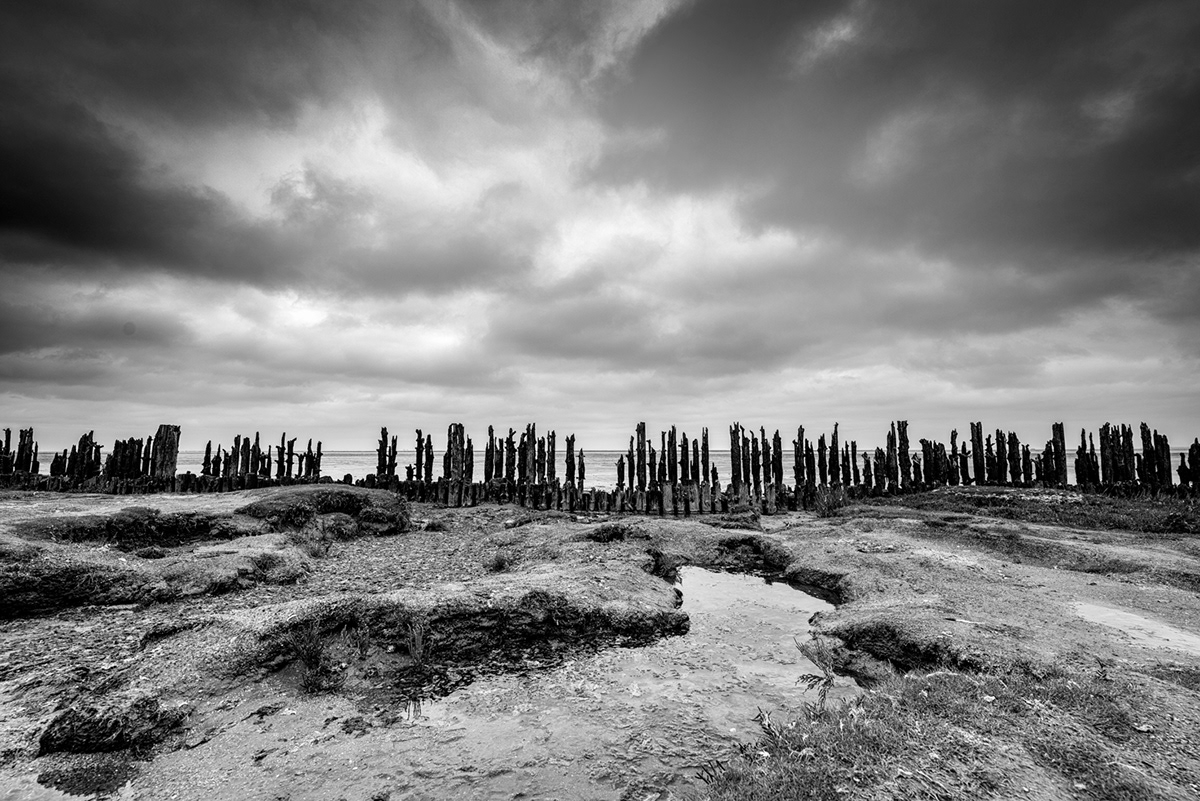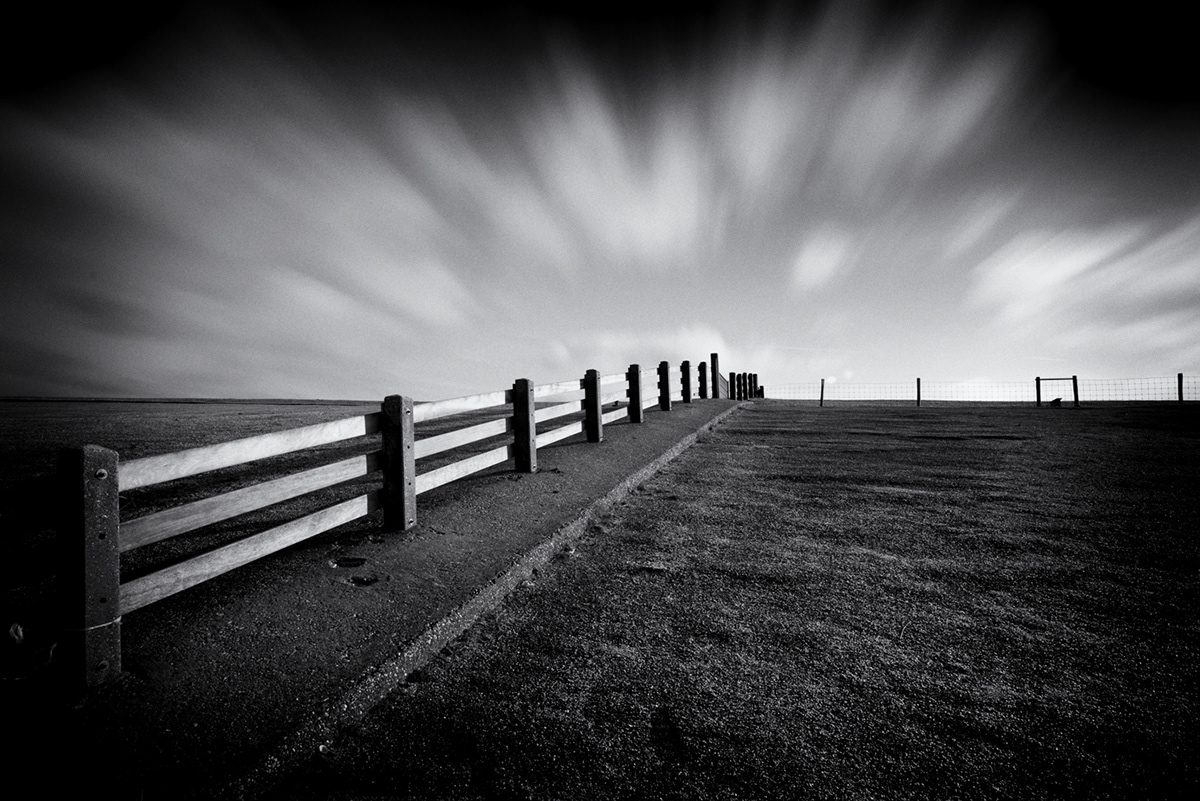Saying: God created the world, the Dutch created The Netherlands
-dikes-
The earliest evidence of dike construction in the coastal area of the Netherlands, comes from the Late Iron Age, about two thousand years ago. Research in the Frisian villages of Peins and Dongjum revealed remains of 70-centimeter-high dikes. They consisted of a core of loose material covered by neatly stacked sods and probably served to protect a farm or field from periods of high water. After the Romans left the Netherlands, the population shrank and there was political instability. It was not until the 8th century that the population grew again and increased tenfold over the next 450 years. People moved to the fish-rich salt marshes where they could also graze their cattle. Creeks were dammed up and low dikes were built. An infographic in the atlas showing the rise in sea level and subsidence from the year 800 makes it clear that dike construction became increasingly necessary to protect the land from the sea. In a process of land subsidence and sea level rise, the ground level and sea level came to be at the same level and flooding occurred in quick succession.
Around 1200 the large-scale construction of dikes began. Especially the monastic orders that settled in the coastal areas devoted themselves to this. Around 1250 the province of Groningen already had a continuous sea dike, the Oude Dijk. Due to incoming seawater, the Dutch coastline became about 44 percent longer (2600 kilometers) between the year 0 and 1500. The length of the coastline perhaps best illustrates the Dutch effort to conquer land from the sea. In 1850 it was 2100 kilometers long, in 1950 1600 kilometers and in 2000 only 880 kilometers.











